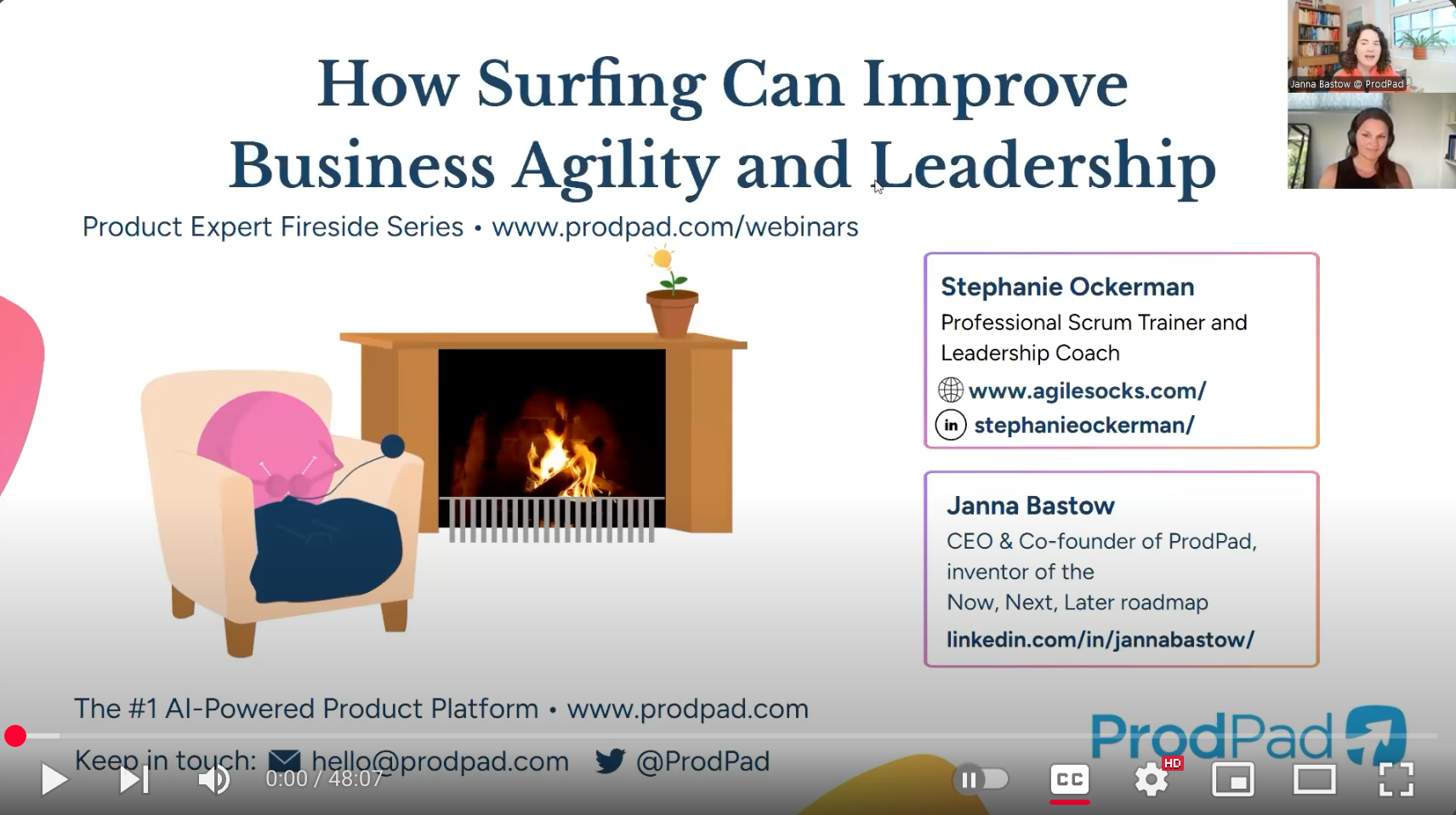
My first article about measuring success as a Scrum Master addressed the key factors we use to measure our success (and why it is a challenging thing to do in the first place). In this article, I am going to bring in more nuance to help us consider things that are harder to measure but absolutely essential.
Here’s the hard truth: You cannot control outcomes in complex, unpredictable environments. And you cannot perfectly predict what your customers will need next quarter. You can’t control how stakeholders will respond to change. Not even a high-paid CEO with an army of advisors can guarantee results.
Even if you work with me as your coach, I cannot promise you will always create the impact you want to have or be able to influence the change you want to see in a system. Because neither you nor I can control other people or know all of the variables that impact our outcomes.
So what do we do with that?
We develop a more complex and compassionate view of “success.”
And we build our capacity to lead from that place.
This requires us to have a more nuanced and broader perspective to reflect on how well we are doing our job and showing up as leaders and change agents.
First, take a look at this article about rethinking success in our modern world of leadership and business.
The key message of the article: Just like surfers cannot just measure success by how many waves they catch, leaders cannot measure success just by looking at achieving desired goals.
Next, we need to to broaden our perspective using three lenses.
Most of us are familiar with outcome-based success. But that’s just one piece. We also need to look at behaviors and growing leadership capacity. These often-overlooked areas tell us who we are becoming, and how we are shaping the systems around us.
We absolutely want to deliver value. We want to delight our customers. We want to achieve goals that matter.
But sometimes, despite our best attempts, things still don’t go as planned.
We don’t meet the Sprint Goal. The product launch doesn’t happen “on time.” Or it does, but it doesn’t have the desired market impact.
That’s why outcomes alone are not enough to understand our success. Since much has been written about focusing on outcomes, I will focus the rest of this article on the other two lenses that are often missed.
We need to look at our behaviors as a team (and relevant stakeholders we interact with). And to do that, we can explore a wide range of themes.
How did the team respond to a challenge? Did we spot it early? What was our response?
How quickly do we learn when our assumptions are wrong? What signals are we paying attention to? What signals are we ignoring? How does this inform our approach going forward?
How do we engage in conflict? Are we avoiding hard conversations? Are we engaging in harmful ways? Are we growing our capacity to stay grounded and open while we address challenges and disagreements in an inclusive and respectful way?
How do we seek more perspectives?
How are we using the Scrum values to guide our interactions and decisions? What are examples of when we did this well, and what happened? What are examples of when we did not do this well, and what happened?
How do we focus on what matters most? Where are there misalignments? Where is there confusion? What can we do to reduce distractions?
How did people feel during the Sprint? Are there patterns that might give us insights into how we work?
How are people responding to setbacks or failure? Are they upset and reactive? Or are they reflective and able to still find joy and connection with each other? Are we able to have an open and honest conversation to see if there’s some learning we can incorporate as we move forward? Can we do this from a place of taking full responsibility and not blaming?
They offer signals for healthy teamwork, effective process, and a commitment to continuous improvement. And these are the things that helps us navigate towards better outcomes.
And, just as important, how did YOU show up?
There’s a difference between experiencing failure and being a failure. One is data. The other is a story we tell ourselves.
Let’s stop equating our achievements with our worthiness.
That brings us to the third lens. Self-acceptance is one of the foundations of growing our leadership capacity.
This is the deeper layer, the part we don’t talk about enough in agile spaces, product teams, or organizations.
We need to grow our capacity to:
And do all of this in the middle of the chaos, strong emotions, and difficult dilemmas.
Even when there is pressure. When there are competing needs. And when it feels like the systems around you are working against you.
Remember that you are not your outcomes. Let me say this clearly:
You are already worthy. Full stop.
And you probably care deeply about helping your team thrive, growing in your craft, and making a meaningful impact.
So yes, have goals. Dream big. Care deeply.
But hold it all lightly. Because what unfolds may be different (and even better) than what you imagined. It’s all an opportunity to grow.
Success isn’t about checking boxes. It’s about direction, discernment, and depth. It’s about appreciating and enjoying the journey itself.
Just like a surfer is enjoying the ocean, creating with the energy of the waves, without being able to control the conditions.
Want to grow as a change agent and team leader? Start with these three questions:
That’s how we measure success in complex and unpredictable environments.
That’s how we lead.



AGILE SOCKS is a registered trademark of Agile Socks LLC. Other marks used herein are the property of their respective owners. For more information see Trademark Notice in Terms & Conditions.